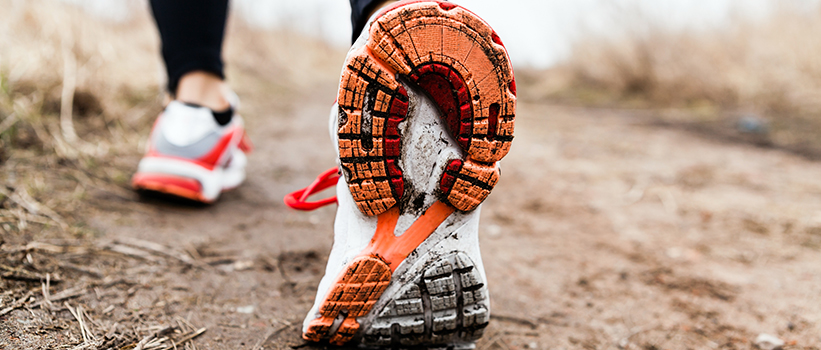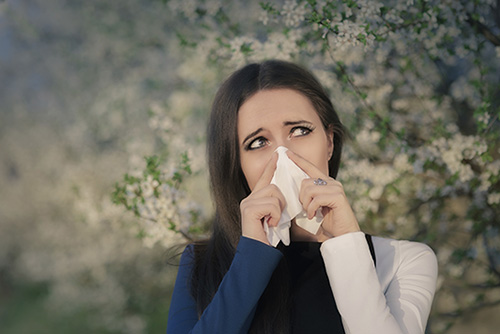An Early Start to Allergy Season
Nicolas S. Nguyen, MD
MARCH 09, 2016

March has arrived, and a mild New England winter gives way to the budding of poplars, streaks of witch hazel, and those precocious flowers of spring — daffodils, crocuses, snowdrops, and bluets. For many of us, this warmer weather also represents a hazy yellow cloud on the horizon: seasonal allergies. It’s estimated that nearly 30% of American adults suffer from seasonal allergies. The symptoms can range from minor discomforts to a burden of sneezing, coughing, shortness of breath, and malaise. Here are seven tips to help prepare your home and body for the warmer days ahead.

Know your climate factors and how learn how they can affect your allergy symptoms:
- Mild winter temperatures can cause plants to bloom and pollinate early so your allergies may show up sooner than in previous years.
- Pollen counts — the number of pollen grains per cubic meter — are usually highest from 5 to 10AM.
- Tree, grass, and ragweed pollens thrive during cool nights.
- Windy days often see an increase in allergens by kicking them up from the ground and blowing them out from trees, while rain will do the opposite.
What’s your trigger? An allergist can help you discover the root of your seasonal suffering. Once you learn what you’re allergic to, you can better manage allergies before they start.
Watch what you eat. Nutrition can help boost your ability to cope with allergies. Foods rich in vitamin-C (oranges, peppers, kale, and other leafy greens) have been shown to support your immune system. And some studies suggest that foods containing quercetin (such as cranberries, blueberries, and red onions) can help prevent your body from overreacting to allergens.
Monitor the weather and pollen counts. This can be as easy as checking the forecast each morning. There are also plenty of apps that can be helpful for monitoring local allergens and up-to-the-minute pollen counts.
Keep pollen outside. Shut your windows and doors on days with high pollen counts, use AC instead of fans, and change your clothes when you come in from being outside. If you’ve been outside on a windy day, try taking a shower to wash pollen off your skin and hair.
Stay inside when pollen counts are highest. This usually means avoiding morning activities like going for a run or taking a bike ride. Instead, consider working out in a gym during allergy season, or rescheduling outdoor exercise for later in the day when the pollen count isn’t as high.
Treatments. There are a number of over the counter antihistamine medications and nasal sprays that are generally safe to use on an as needed basis. As always, it’s safest and best to contact your primary care provider to discuss the right option for you.
So this year, instead of hiding behind a tissue as you sniffle and sneeze your way through spring, try out these tips and enjoy all that this season has to offer.